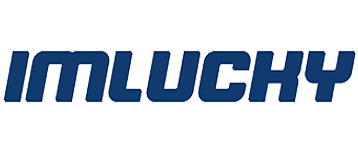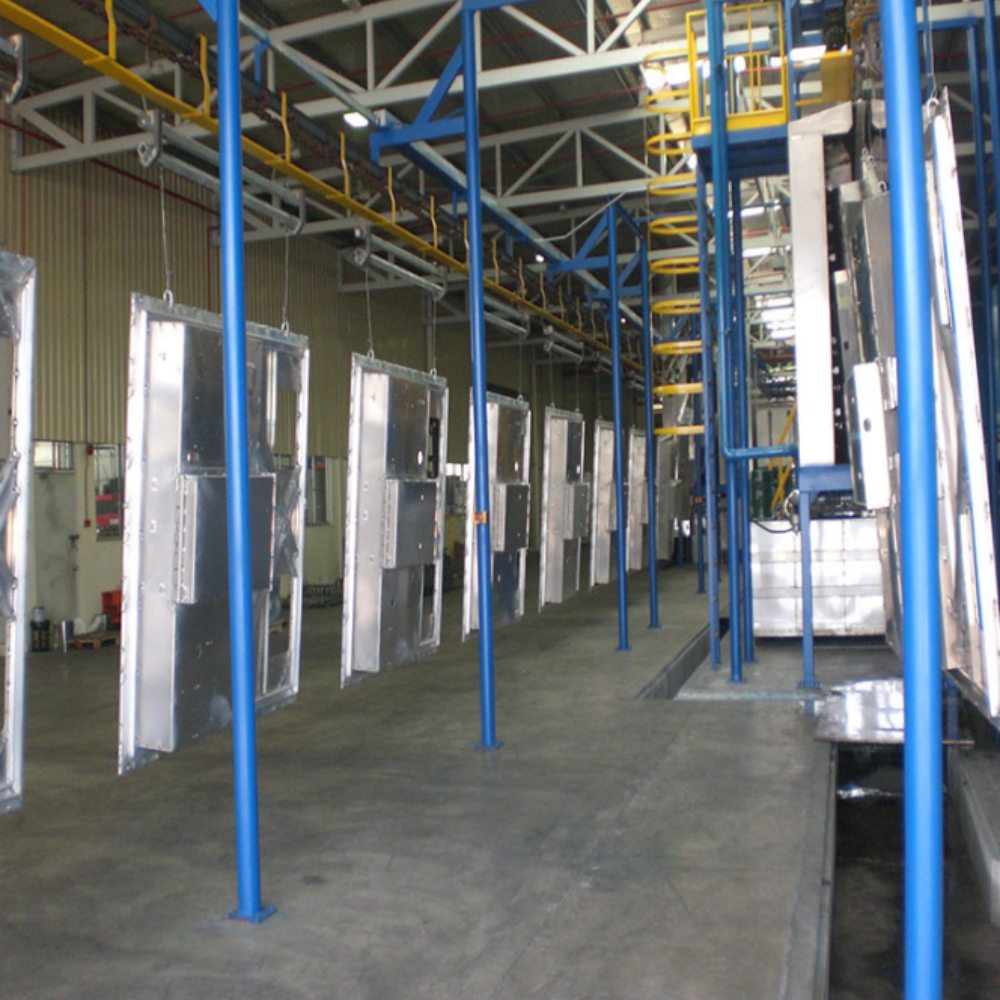The Shift from Standardized to Customizable Coating Lines
Historical Evolution in Furniture Finishing Technology
The furniture business has been moving towards customizable coating lines for quite some time now, really since the early 1900s when everything was just painted with standard lacquer. Things changed big time though once environmental rules got tighter. Remember those EPA updates back in 2025? Yeah, that pushed companies to find better ways to coat their products without wasting so much stuff. Looking at numbers from around 2018, about two thirds of all finishing shops across North America had switched to these modular coating systems. And it worked pretty well too - they saved roughly 23% more materials compared to old school methods according to that report from the North America Coatings Market folks in 2025. Makes sense really, saving money while being greener is always a win.
Modular Design as a Catalyst for Production Flexibility
Modern coating lines integrate swappable components that accommodate diverse substrates—from solid wood to MDF—reducing changeover times by up to 70%. Key features include quick-release spray heads for viscosity adjustments, interchangeable roller systems handling materials from 1—40mm thickness, and retrofittable drying zones compatible with UV or infrared curing.
Key Technological Advances Enabling Adaptive Coating Processes
The latest real time viscosity sensors work alongside smart application heads to keep coating thickness variations under control, typically within about half a micron range. This kind of precision matters a lot when conditions change during production runs. Internet connected platforms help manage everything from material flow rates to curing times while also spotting defects early on. This becomes especially important when switching between different types of finishes. For instance, moving from matte coatings that need longer drying periods to glossy polyurethanes which cure much faster requires careful coordination. Some companies have started using continuous flow plating modules in their finishing systems. These setups show just how adaptable modern production lines can be, maintaining consistently good results even when processing multiple materials at once. Most facilities report around 98 to 99 percent consistency in their finishes despite these challenges.
This convergence of adaptability and intelligence makes modern coating lines essential for meeting sustainability goals and rapidly shifting design demands.
Precision Engineering for Substrate-Specific Surface Treatments
Matching Coating Parameters to Wood, MDF, and Engineered Panels
Contemporary coating systems achieve ±5μm precision by tailoring parameters to substrate characteristics. Wood benefits from adjusted viscosities (12—18 sec Ford Cup) to enhance grain penetration, while MDF requires fast-cure formulations (≤90 sec tack-free) to prevent fiber swelling. Engineered panels perform best with hybrid spray-roller systems, which achieved 98.5% coverage in recent trials.
Roller Coating Optimization for Uniform Finish and Efficiency
Precision-ground rollers equipped with adaptive pressure control (30—80 PSI) maintain ±2μm coating thickness across panels up to 1.2m wide. Variable-speed drives synchronized with conveyors running up to 25m/min reduce material waste by 18% compared to fixed configurations. Dynamic viscosity sensors recalibrate flow rates every 0.8 seconds, effectively eliminating streaking defects.
Real-Time Adjustments for Varying Thickness and Material Types
Infrared sensors and laser profilometers deliver 400 data points per second to central controllers. Machine learning algorithms use this input to compensate for mid-process variations in substrate thickness—up to 6mm—while maintaining surface roughness (Ra) within ±0.3μm across mixed batches.
IoT and AI Integration for Intelligent Coating Control
Neural networks enable 99.4% accuracy in defect detection while automatically adjusting 23 critical coating parameters. Cloud-connected systems leverage predictive maintenance to achieve 22% material savings, according to the 2024 Smart Manufacturing Efficiency Index. Real-time pattern optimization further reduces energy consumption by 15% during multi-layer applications.
Flexible Coating Processes Across Panel Types and Finish Requirements
Adapting to MDF, Plywood, Particleboard, and Hybrid Surfaces
Modern lines dynamically respond to porosity differences exceeding 45% between materials like MDF and plywood. Automated systems adjust coating viscosity (80—120 cP) and application pressure (1.5—3.8 bar) when switching engineered wood types, sustaining 97% first-pass adhesion rates based on current surface treatment benchmarks.
Case Study: Achieving High-Gloss vs. Matte Finishes on Diverse Substrates
Research published in 2021 on hybrid resins found that using adjustable nozzle arrays helped reduce finish inconsistencies by around 62% when working with high gloss coatings on MDF surfaces and matte finishes applied to plywood panels. When operators adjusted factors like spray distance between 15 to 25 centimeters, tweaked curing intensity from about 1.8 to 2.4 kilowatts per square meter, and controlled dry film thickness ranging from 35 to 80 micrometers, they managed to keep surface variation under 3 micrometers throughout production runs. What makes this approach particularly valuable is how it slashes changeover time by approximately 30% compared to traditional fixed parameter systems, which means manufacturers can switch between different coating applications much faster without sacrificing quality standards.
Adjustable Line Speeds and Cure Profiles for Quality Consistency
The automated control systems help maintain coating quality even when production speeds range between 3 and 12 meters per minute. Advanced infrared sensors pick up changes in substrate thickness within about plus or minus 0.95 millimeters, which then prompts immediate adjustments across several parameters. The system tweaks the roller gap settings by roughly 0.02 mm, modifies UV curing times by approximately 1.2 seconds, and adjusts oven temperatures somewhere between 40 and 75 degrees Celsius. According to testing from that 2021 hybrid resin research project, these kinds of real time corrections actually cut down finish defects by around 18% during those tricky mixed material production runs where different materials are processed together.
Debating One-Size-Fits-All vs. Fully Customizable Coating Lines
While standardized systems reach 85% efficiency in single-material production, configurable lines offer 23% higher throughput in mixed-substrate environments. The 2021 study found that despite a 15—20% initial cost premium, customizable systems recoup investment within 18 months through reduced waste and faster changeovers.
Scalability and Operational Agility Through Modular Coating Systems
Design Principles of Modular Coating Line Architecture
Coating lines designed in modular fashion rely on building blocks connected through standard interfaces, making it possible to put together different parts for pretreatment, applying coatings, and curing them all in one system. The modules themselves work separately but stay connected through common control systems that keep everything running smoothly together. Take a production line that handles both UV cured finishes and water based ones as an example. Such a setup might mix and match different spray booths while sharing the same conveyor belts throughout the facility. This means expanding production capabilities doesn't require completely rebuilding the whole process from scratch. According to recent industry research published last year, these modular approaches reduce problems related to parts not working well together by about forty percent when compared against traditional custom made systems.
Rapid Reconfiguration for Product Changeovers and Demand Shifts
The installation of quick disconnect fittings along with pre set parameters cuts down on setup time dramatically, sometimes going from several days down to less than four hours total. When companies make the switch from medium density fiberboard to real wood products, they often find that swapping out those old roller heads for something like precision spray nozzles works really well without having to throw away their current drying systems entirely. And when business picks up during busy seasons, adding extra equipment such as secondary curing chambers or additional buffing units can actually increase production capacity by around a quarter. This helps keep things moving smoothly even when there are lots of special orders coming in for unique color combinations or surface textures that need constant tweaking throughout the process.
Plug-and-Play Units Driving Future-Ready Production
Smart manufacturing plants are setting up their production lines with modular systems connected through APIs so they can automatically recognize when new parts get added to the line, like those fancy edge band coating robots or solvent recovery units. The real money saver comes into play when those strict low-VOC rules kick in. Instead of tearing everything apart for upgrades, operators just swap out specific modules, which cuts down on retrofitting expenses somewhere around 60 percent according to industry reports. What makes these systems really valuable is how they protect capital investments from changes in material requirements and regulatory standards over time, all while still working alongside older machines that haven't been replaced yet.
Sustainability and Efficiency Gains in Smart Coating Line Design
Reducing Overspray and Excess Coating with Precision Application
Precision application technologies now reduce material waste by 40—60%. Electrostatic spray guns combined with robotic articulation maintain optimal nozzle positioning, cutting overspray by 52% compared to manual methods (smart automation solutions). Real-time viscosity monitoring adjusts atomization pressure dynamically, ensuring consistent coverage even on complex profiles like carved legs or panel edges.
Closed-Loop Paint Recovery and Material Conservation Systems
Leading operations achieve 87% recovery of unused coatings through cyclonic separation and ultrafiltration (Paint Technology Journal 2023). These closed-loop systems reintroduce reclaimed material while holding viscosity within ±5% of virgin paint specifications. Solvent recovery units capture 94% of emissions, helping manufacturers comply with strict VOC regulations.
Data-Driven Reduction of Coating Material Use by Up to 30%
Machine learning models analyze historical application data to optimize flow rates and spray patterns:
| Optimization Strategy | Material Savings | Implementation Complexity |
|---|---|---|
| Predictive Pattern Mapping | 22—24% | Moderate |
| Adaptive Flow Control | 18—20% | Low |
| Neural Network Optimization | 28—30% | High |
Materials innovation studies confirm these intelligent systems significantly reduce waste without compromising finish quality, with 92% of early adopters achieving ROI within 18 months.
FAQ Section
Customizable coating lines offer increased flexibility, allowing adaptation to various substrates and production requirements. They reduce material waste, save costs, and are more environmentally friendly.
How do modular coating systems improve production?Modular systems enable rapid reconfiguration for different products, minimizing downtime and enhancing efficiency. They provide flexibility to adapt to changing production needs and help maintain high-quality standards.
What role does AI play in modern coating lines?AI aids in precision control, real-time adjustments, and defect detection, improving overall process efficiency. It helps optimize material usage, reducing waste and energy consumption.
How does precision engineering impact substrate treatments?Precision engineering ensures coating parameters are tailored to specific substrates, improving quality and consistency in finishes, while minimizing defects and waste.
What sustainability advantages do smart coating lines offer?Smart coating lines incorporate methods to reduce overspray and material waste while ensuring compliance with VOC regulations through closed-loop recovery systems.
Table of Contents
- The Shift from Standardized to Customizable Coating Lines
- Precision Engineering for Substrate-Specific Surface Treatments
- Flexible Coating Processes Across Panel Types and Finish Requirements
- Scalability and Operational Agility Through Modular Coating Systems
- Sustainability and Efficiency Gains in Smart Coating Line Design

